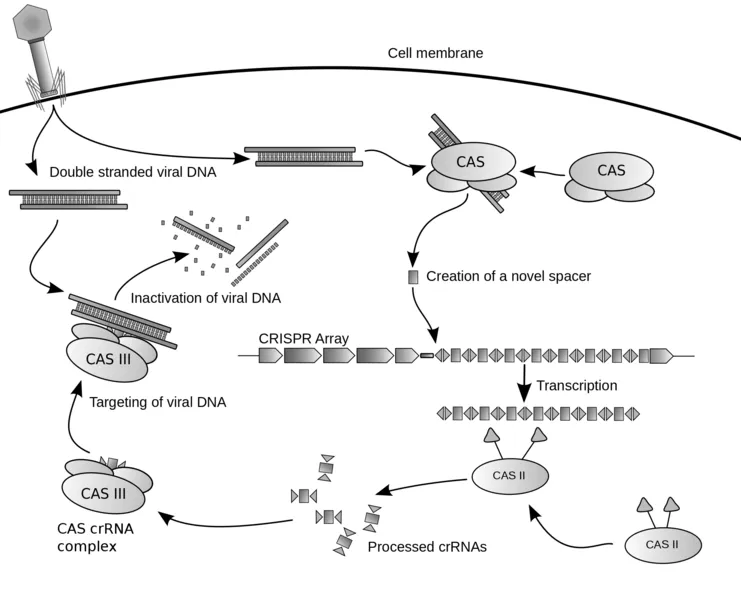
Ever seen the movie “Gattaca”?
I love that film. I’m going to give some spoilers in a second, so if you haven’t seen it and want to see it, then skip the next section and go on to the one below.
SPOILER ALERT
Gattaca presents a future pseudo-dystopia where the human race has turned into heavily stratified society of the haves and have-nots. This would not be so different from human society for ages, except that the “haves” in this case are not just monetarily well off. The distinction is between the genetically altered, physically “perfect” citizens and the natural born, genetically “imperfect” citizens.
This sounds a hell of a lot like eugenics, except the premise is not exactly the same. Rather than engage in a breeding program, the people in Gattaca actively change the DNA of their unborn children. Children in the Gattaca universe are designed in utero, meaning negative traits, like genetic diseases, are removed, while positive traits, like genes for muscle development or intelligence, are added.
END SPOILERS
When I first saw this movie it all seemed allegorical – just a veiled reference to the wealth inequality which is so obvious in real life. But now science is imitating fiction.
Using the astonishing gene editing process called CRISPR – which definitely requires its own standalone post and which I will not go into detail on here – scientists have effectively removed a gene which causes a dangerous heart disorder from multiple human embryos.
There have been other efforts to genetically manipulate human embryos, but in some respects this most recent result is the most successful. One problem that researchers run into when trying to remove deleterious genes from human embryos is that either the removal doesn’t work at all, or the embryo becomes what is referred to as “mosaic.”
When a human egg is fertilized by a human sperm, cell mitosis begins to occur – meaning the single fertilized egg begins to divide into multiple cells. In a situation where the sperm is carrying a “defective” gene, say for heart disease, the gene is present in the initial fertilized egg, and then carried forward in each newly replicated cell.
Scientists use CRISPR to trick the human cells into getting rid of the “defective” genetic material and replace it with a “healthy” version of the same gene. I’m putting these things in quotes because failing to put them in quotes makes me uncomfortable, re:Gattaca.
Anyway, in the past this process would either not work at all, or only some of the new cells would contain the “repaired” genetic material. An embryo where some of the cells have the defective gene and some do not is referred to as mosaic.
The scientists here solved the problem of mosaic cells.
In the past, most genetic editing of human embryos occurred in this order:
Manually fertilize egg with sperm
Inject CRISPR material into fertilized egg
Let mitosis occur a few times and then scan each cell to see if the genetic changes took
The scientists in this study changed things up. They hypothesized that some mechanism was causing the mosaic results when the “repair” was attempted after fertilization. By applying the CRISPR material concurrently with the manual fertilization of the egg with the sperm, a far more successful result was achieved the majority of the time. Most of the embryos “repaired” in this study were homogenous - meaning the “repaired” genetic material was present in each and every new cell.
The implications of this study are obviously gigantic.
This and other work continues to progress humanity towards the Gattaca-like future of genetically enhanced human beings.
Let’s be clear – these embryos were not allowed to come to term – and no human being has yet been born with direct genetic editing.
But we are moving closer and closer to that possibility. Which isn’t to say we should be frightened of it, necessarily. Only that we should, perhaps, take care – lest we accidentally stumble upon a future where inequality takes on a whole new meaning.
Support SteemSTEM – curating and supporting high quality STEM related content on Steemit
Information Sources:
“Correction of a pathogenic gene mutation in human embryos”, Nature 2017, Published 8/2/17
https://en.m.wikipedia.org/wiki/CRISPR?wprov=sfla1
https://stacks.cdc.gov/view/cdc/30309
Photo Sources:.
[1]By James atmos Own work CC BY-SA 3.0, via Wikimedia Commons